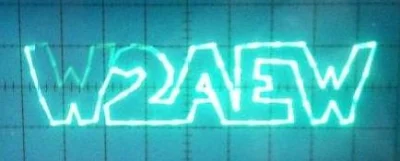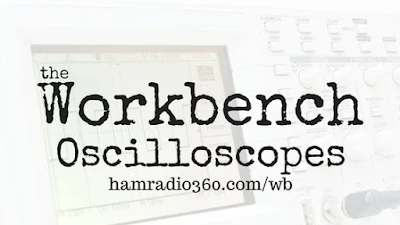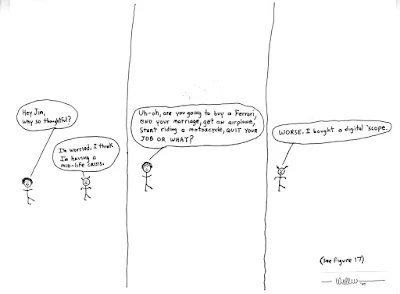Bidirectional Termination Insensitive Amplifier by W7ZOI and K3NHI
All of a sudden the transmitter in my 75 & 20 meter dual band homebrew Mythbuster transceiver stopped working -- there was no output at all. I went into troubleshooting mode.The first clue was that the receiver was working fine. This meant that many stages of the rig were taken out of suspicion: It probably wasn't the VFO, the first mixer, the BFO/Carrier Oscillator, the second mixer, or the bandpass filters. Nor was it any of the receive sections in the bidirectional amplifiers I was using.
Suspicion fell on the power amplifiers and on the transmit sections of the bilateral amplifiers.
With the output going to a dummy load, I put the rig into transmit mode and put a bit of audio into the mic jack. Then with the 'scope I started to work my way back from the antenna jack. I wasn't seeing anything. Then I got back to the transmit side of the TIA amplifier between the crystal filter and the mixer. There was a strong signal at the input, but nothing at the output. Bingo! I had found the faulty stage. But where, exactly, had this stage gone wrong?
There are three transistors on each side of a TIA amp (see schematic above) -- I just started from the input of the first one with my scope probe and moved through the circuit. Finally, at the output of the last of the three amplifiers, the signal stopped. I knew I was very close to the problem.
Looking at the components, suddenly I could see the problem: At the output there is a 47 ohm resistor (R2 in the circuit diagram above) and a .1uF cap in series. The cap went to a Manhattan pad. But when I looked at it closely, the lead was kind of floating above the pad. See it?
Mind the Gap
And when I moved it, the connection between the 47 ohm resistor and its pad seemed quite flimsy.
I quickly replaced both components and was back on the air.
I don't really know how or why the lead to that capacitor broke. Maybe I had bent it repeatedly, to the point of weakness, and, over time, it just let go.
Whatever the cause, I found this to be a satisfying troubleshoot and repair. It required me to think a bit about what could be wrong, and to use some test gear to zero on on the faulty component.
Out with the old...

.jpg)
















